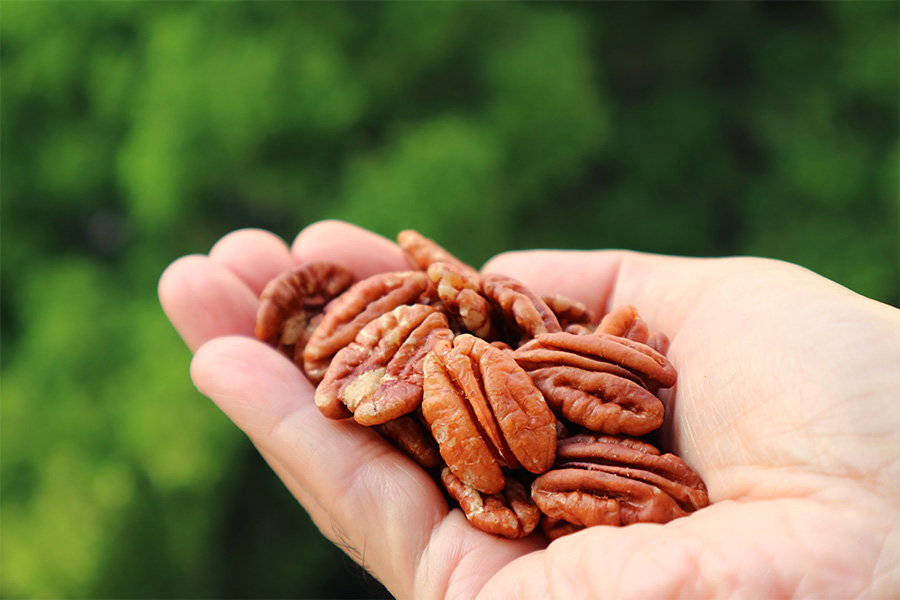Lawn and Garden
-

HORT Management is an allied program for estimating landscape management costs. This program assists the user in estimating labor, material and equipment costs on a particular job, a break-even price, and bid price on a job. Industry average data and time/task data is used throughout the program, such as the time it takes to mow 1,000 sq. ft. with a certain size mower and equipment cost per hour of operation. The user is encouraged to modify and tailor the program with his own data and costs. For more information, see http://www.hort.uga.edu/extension/programs/hortmanage.html
Bodie V. Pennisi and Cesar L. Escalante
|
-

A regular fertilization program is important to maintain healthy, attractive turf and should include applying the correct analysis of fertilizer, using the correct amount, and fertilizing at the proper time. Turfgrasses require a number of nutrients for growth. Three of these—carbon, hydrogen, and oxygen—are rarely lacking because grasses get these elements from carbon dioxide in the atmosphere and water from the soil.
The remaining eighteen essential elements are also obtained from the soil. Nitrogen (N), phosphorus (P), and potassium (K) are needed in the highest concentrations. These major elements are commonly supplemented with fertilizer. The three numbers on the front of fertilizer bags are often called the ”N-P-K” numbers.
In addition to these major nutrients, secondary nutrients and micronutrients are also essential for plant growth. Understanding fertilizer terminology and the different types of nitrogen sources is important when establishing a lawn management plant. Nontraditional or “organic” fertilizers are also an option for homeowners.
Clint Waltz and Becky Griffin
|
-

This resource lists several varieties of plants for your landscape that deer prefer to eat less.
Sheri Dorn
|
-

This publication showcases the plants that were awarded the “Classic City Award” in 2015.
John M. Ruter, Meg E. Green, and Bodie V. Pennisi
|
-

This publication showcases the plants that were awarded the “Classic City Award” in 2013.
John M. Ruter, Meg E. Green, and Matthew Chappell
|
-

This publication showcases the plants that were awarded the “Classic City Award” in 2014.
John M. Ruter, Meg E. Green, and Matthew Chappell
|
-

Do you want a landscape that is beautiful, saves you time, effort and money and uses less water? If you do, a water-wise landscape is for you. Water-wise landscapes are designed, organized, and maintained by practices that use water strategically and wisely. Follow the seven basic steps outlined in this guide to create a beautiful water-wise yard or home garden.
Bodie V. Pennisi, Clint Waltz, and Sheri Dorn
|
-

The most fundamental step in pecan production is the selection of varieties or cultivars to be planted in the orchard. Planting the wrong pecan variety can be a costly mistake, resulting in considerable expense. This publication includes descriptions and photos of pecan varieties suitable for planting in Georgia orchards.
Lenny Wells and Patrick J. Conner
|
-

C 867-8
Weed Control in Iris
With their beautiful flowers, irises are coveted as one of the finest herbaceous perennials. Unfortunately, like most garden plants, weed control in irises can be difficult. Established perennial broadleaf weeds can be extremely difficult to control, requiring special removal techniques. Fortunately, many annual broadleaf and grassy weeds can be easily controlled with mulches and the judicious
use of herbicides.Mark Czarnota
|